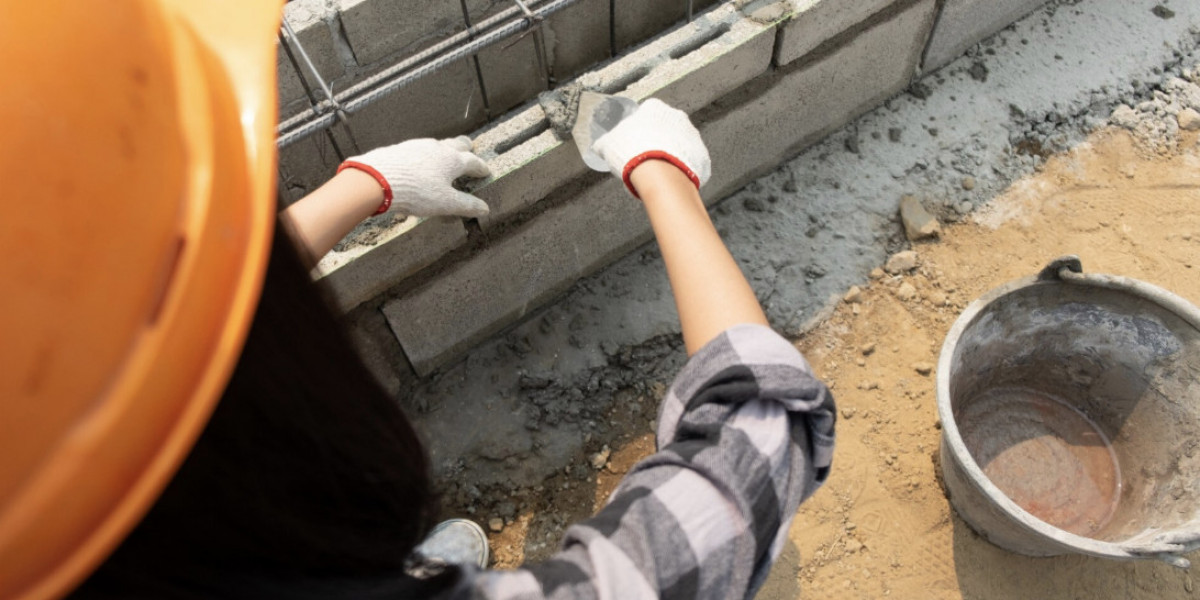Your foundation is the unsung hero, quietly holding up your entire house. But even the smallest crack or a subtle floor dip can spell big trouble down the road. Catching issues early—and knowing how to address them—saves you from sleepless nights and hefty repair bills. Ready to learn essential tips for keeping your home on solid ground? Let’s dive in.
Identifying Warning Signs Early
Spotting foundation trouble before it spreads is crucial. Tiny hairline cracks in drywall or masonry near corners often signal movement beneath the surface. Keep an eye on stair-step cracks in brickwork—those zigzags mean uneven settling. Jot down any new fissures you find during biannual inspections to track their progression.
Uneven or sloping floors can indicate foundation stress. Roll a marble across hardwood or tile: if it drifts, that’s a red flag. Soft spots or squeaks underfoot often accompany shifting slabs. Early detection lets you weigh simple fixes, rather than facing a full-scale underpinning project later on.
Doors and windows that stick or gaps forming around frames hint at misalignment. Misplaced jambs and skewed sashes suggest twisting loads on your home’s skeleton. Don’t ignore these subtle cues—a quick check with a level and tape measure can confirm if you need professional advice before small issues balloon.
DIY Prevention Techniques
Clean and maintain gutters regularly to direct rainwater at least five feet from your foundation, preventing soil saturation.
Adjust landscape grading so that the ground slopes away from your home at a 2% grade over the first ten feet.
Install downspout extensions or splash blocks to diffuse heavy runoff and reduce hydrostatic pressure.
Use soaker hoses for deep, consistent perimeter watering during dry spells, minimizing soil shrink-swell cycles.
Seal minor hairline cracks with epoxy or polyurethane injection kits to block moisture and stabilize concrete.
Mulch around plant beds to retain moisture evenly and prevent drastic soil drying near footings.
Trim tree roots that encroach within ten feet of your foundation to limit root pressure and excavation damage.
Apply exterior-grade sealants on basement walls to repel moisture and reduce interior humidity levels.
Place moisture sensors in crawlspaces or basements to alert you when soil or air humidity spikes dangerously.
Professional Repair Solutions
When DIY patches aren’t enough, experts offer a range of advanced fixes. Helical piers screw into stable soil layers, anchoring your home without massive digging. Steel push piers drive through soft soils until they hit bedrock, delivering reliable lift and leveling that last decades.
For bowing walls, carbon-fiber straps adhere to interior or exterior walls, reinforcing structure discreetly and avoiding bulky braces. Polyurethane foam injection lifts settled slabs quickly, filling voids and sealing cracks in one swift step. And when local conditions demand, the foundation repair Tallahassee FL pros can tailor solutions to coastal clay or sandy soils, ensuring maximum stability.
These professional methods come with warranties, engineered load calculations, and permit compliance. That means you get peace of mind knowing experts handled soil testing, laser-level mapping, and post-repair inspections. A quality repair now prevents headaches—and costs—years down the line.
Budgeting and Financing Options
Compare multiple quotes to ensure transparent, itemized pricing for labor, materials, and permits before committing.
Tap into home equity lines of credit (HELOCs) for low-interest rates and flexible repayment terms, using your home as collateral.
Consider personal loans for smaller repairs under $10,000, avoiding home lien requirements but with slightly higher APRs.
Explore contractor financing programs; some offer promotional 0% interest for a set period on approved credit.
Investigate FHA Title I loans for home improvements up to $25,000, backed by HUD with fixed rates and longer terms.
Ask about local government grants or assistance programs for structural safety upgrades in qualifying neighborhoods.
Weigh refinance options if you’re already shopping mortgage rates—rolling repair costs into a new loan can simplify payments.
Save emergency funds or rainy-day reserves for minor fixes, avoiding interest and preserving financing options for bigger jobs.
Always read the fine print on prepayment penalties, origination fees, and adjustable-rate terms to avoid surprises.
Seasonal Maintenance Strategies
Spring is prime time to inspect winter’s toll. Clear debris from gutters and check downspout flow after heavy rains. Examine your foundation walls for new cracks and test drainage with a garden hose to reveal hidden pooling spots.
Summer brings heat and drought, stressing clay soils. Deep-water perimeter plantings and mulch beds to maintain uniform moisture. Adjust irrigation schedules to prevent overspray and check moisture sensors monthly, ensuring soil doesn’t shrink away from footings.
Fall prepares you for freeze-thaw cycles. Seal exterior wall penetrations, patch minor cracks, and clear leaves from drains. In colder climates, remove snow and ice near foundation walls promptly to reduce frost heave risks and maintain interior comfort without stressing your home’s base.
Monitoring and Technology Tools
Install wireless crack gauges to measure expansion and contraction across foundation fissures, sending data to your phone.
Use laser levelers to map slab elevations and track minute shifts over time, detecting settlement before visible damage appears.
Deploy soil moisture probes near footings for real-time humidity readings, helping you optimize irrigation and prevent soil swings.
Integrate thermal imaging cameras during inspections to uncover hidden moisture intrusion behind walls and floors.
Employ drone surveys to generate high-resolution topographic maps, identifying low spots prone to pooling water.
Leverage IoT-enabled sump pump monitors to log activation frequency, alerting you to recurring seepage during storms.
Utilize smartphone apps paired with sensors to consolidate alerts, ensuring you stay ahead of emerging foundation stressors.
Implement digital load cells atop piers to verify engineered support loads, guaranteeing each pier carries its designed weight.
Connect with remote monitoring dashboards that visualize sensor data trends, empowering proactive maintenance scheduling.
Choosing a Trusted Contractor
Selecting the right contractor ensures quality work and lasting results. Verify licensing, bonding, and insurance before you sign any contract. Ask for references, read reviews, and request before-and-after case studies for similar jobs. Local experience with soft Florida soils or coastal conditions is invaluable.
Ensure the contractor provides a detailed scope of work, including soil reports, load calculations, and permit fees. Look for transferable warranties on both materials and labor—and clarify what’s covered. Transparent communication and written guarantees protect you from hidden expenses and slowdowns.
Finally, prioritize professionals familiar with foundation repair Tallahassee FL requirements, building codes, and weather patterns. They’ll navigate permit processes, schedule inspections, and restore your landscaping efficiently. A reliable team treats your home like their own, delivering peace of mind under every square foot.
Conclusion
Putting your home on solid ground starts with vigilance, smart maintenance, and knowing when to call in the pros. From early crack sealing to advanced pier installations, each tip plays a part in preserving structural integrity and property value. By combining DIY tactics, modern monitoring tools, and professional expertise, you’ll nip foundation woes in the bud and enjoy lasting stability for years to come. Invest today for peace of mind tomorrow—because a solid foundation is the bedrock of a happy home.







